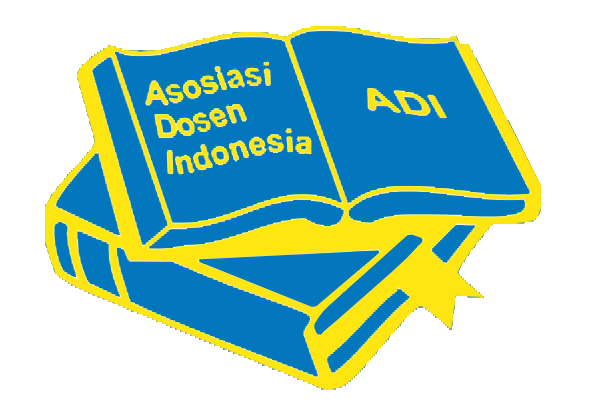Pengembangan Media Pembelajaran Video Animasi Pada Materi Koloid di SMA Negeri 1 Darul Imarah
Abstract
The development of animated video learning media on colloidal material at SMA Negeri 1 Darul Imarah is motivated by the learning process which has only used printed books, resulting in a lack of interest in learning and the attraction of students to learning chemistry. This study raised the formulation of the problem how to develop animated video learning media on colloid material at SMA Negeri 1 Darul Imarah and how students respond to animated video learning media on colloid material at SMA Negeri 1 Darul Imarah. This type of research is Research and Development (R&D) with the ADDIE stage procedure (Analysis, Design, Development, Implementation, and Evaluation). The data collection instruments used were validation sheets, questionnaire sheets, interviews with students and observations. The research sample was students of SMA Negeri 1 Darul Imarah and the sample was 25 students of class XI IPA 2. The process of developing an animaker-based animation video was based on the results of the analysis carried out by observation and interviews with class XI students of SMA Negeri 1 Darul Imarah. . Based on the analysis results, the animation video is designed as attractively as possible so that students are interested in learning colloidal chemistry, then at the development stage and validation by three expert validators on animaker- based animation videos obtains an average value of 91.73% with the interpretation of "very feasible" , and the implementation of class XI IPA 2 students resulted in the percentage of questionnaire responses being 100% with the "very interesting" criteria. The results obtained from this study based on the validation results are feasible to be used as learning media with a percentage of 91.73% and the results of the student response questionnaire for animated videos are categorized as very interesting with a percentage of 100%. Based on the research that has been done, it can be concluded that the animated video learning media developed at SMA Negeri 1 Darul Imarah is feasible to use, and the students' responses to the animated video learning media are in a very interesting category.
References
Azhar Arsyad. (2011). Media Pembelajaran. Jakarta: Raja Grafindo Persada. h. 5. Hamdi, Asep sauful. (2014). Metode Penelitian Kunatitatif aplikasi dalam Pendidikan. Yogyakarta: Deepublish. h. 49.
Hidayat, Sarip. (2017). “Pengembangan Media Pembelajaran Berbasis Android Untuk Mahasiswa Pada Materi Elektrokimia”. Skripsi Program Studi Pendidikan Kimia. Jakarta: Uin Syarif Hidayatullah. h. 33.
Kusumahwardani, Devi. (2022). “Peningkatan Hasil Belajar Siswa Menggunakan Video Animasi Audiovisual Berbasis Animaker Pada Materi Sistem Gerak Manusia”. Jurnal Educatio. Vol. 8. No. 1. h. 110-115.
Mulyatiningsih, Endang. (2013). Metode Penelitian Terapan Bidang Pendidikan.
Bandung: Alfabeta. h. 199.
Republik Indonesia. (2003). Undang-Undang Republik Indonesia Nomor 20 Tahun 2003 Tentang Sistem Pendidikan Nasional Dengan Rahmat Tuhan Yang Maha Esa Presiden Republik Indonesia. Jakarta.
Sidabutar, Natalia Ayu Lestari dan Reflina. (2022). “Pengembangan Media Pembelajaran Matematika SMA dengan Aplikasi Animaker pada Materi Vektor”. Jurnal Cendekia: Jurnal Pendidikan Matematika. Vol. 06. No. 02. h. 1374-1386.
Sugiyono. (2015). Metode Penelitian dan Pengembangan. Bandung: Alfabeta. h. 8. Sugiyono. (2016). Metode Penelitian dan Pengembangan Pendekatan Kualitatif, Kuantitatif, dan R&D. Bandung: Alfabeta. h.407.
Supriono, Nanang dan Fahrur Rozi. (2018). “Pengembangan Media Pembelajaran Bentuk Molekul Kimia Menggunakan Augmented Reality Berbasis Android”. Jurnal Ilmiah Penelitian dan Pembelajaran Informatika. 3(1): 53-61.
Purwanti, Budi. (2015). “Pengembangan Media Vidio Pembelajaran Matematika Dengan Model Assure”. Jurnal Kebijakan dan Pengembangan Pendidikan. 3(1): 43.
Suprihatiningrum, Jamil. (2016). Strategi Pembelajaran.Yogyakarta: Ar-Ruzz Media. h.15.
Supriono, Nanang dan Fahrur Rozi. (2018). “Pengembangan Media Pembelajaran Bentuk Molekul Kimia Menggunakan Augmented Reality Berbasis Android”. Jurnal Ilmiah Penelitian dan Pembelajaran Informatika. 3(1): 53-61.














